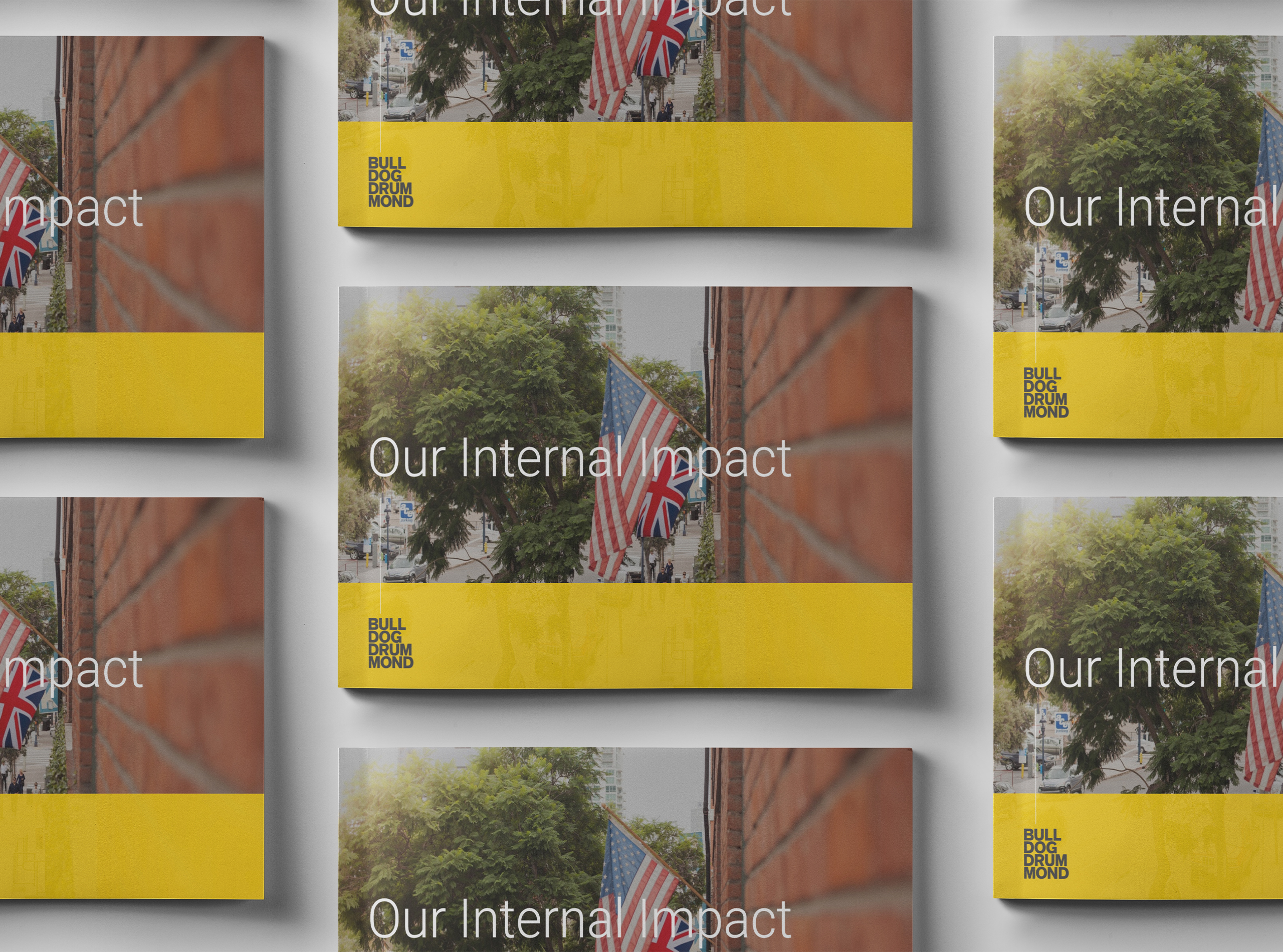
The One Decision by Employers in 2021 that Means Everything
If 2020 was a year of change for employers, 2021 will be the sequel. Companies are in the midst of making decisions on “return to work” and what that looks like to them. While it is a decision that is given careful thought, it remains an incredibly challenging decision because it has far-reaching impacts on the company from culture to the income statement. And, it’s unchartered territory for just about all companies.
As there is light at the end of the pandemic tunnel, companies are starting to declare their intentions for what work looks like post COVID. Major tech firms and solid startups have been held up as the new frontier for progressive workplaces with remote-only, remote-first, or hybrid approaches. Employees—current and potential—now have an understanding of a spectrum of ways in which companies and employees can come together and do great work.
How you work has a profound impact on your culture, your employee experience and, ultimately, your employer brand. It’s part of what you provide as an environment, whether physical or virtual, for your current team, and many candidates’ first question in their job search now will be, “Is this an anywhere job, or do I have to be there?”
But before you start packing the office furniture and breaking your lease, consider this recent statistic. Gallup’s most recent (mid-COVID) survey says that 59% of people would like to keep working remotely as much as possible even after COVID-19 lockdowns are lifted. That leaves 41% of the workforce wanting to go back to the office, and many of those 59% who would be happy with a hybrid working model.
A few options exist, and it’s not a decision to be made lightly. In Gitlab’s remote work report, they explore these 4 company approaches:
- 100% Remote, asynchronous: Each employee works in their own native time zone
- currently 26% of workplaces that allow remote work across the US, Canada, and the UK use this model
- 100% remote, synchronous: Every employee is synched to a company-mandated time zone
- currently 12% of workplaces that allow remote work do this
- Hybrid-remote: Part of the team works in-office, part of the team works remotely
- currently 37% of workplaces that allow remote work do this
- In-office: Remote work is allowed or tolerated, but not the norm or default
- currently 25% of workplaces that allow remote work do this
As you make this decision, be it remote, hybrid, or otherwise, they will have potential implications, positive and negative.
With a remote work model, organizational structures and employee experience will need to be examined, whether for synchronous or asynchronous work. Remote work requires technology and trust, but often sees higher employee engagement and retention – per Predictive Index’s study on remote work, remote employees are 13% more likely to stay for 5 or more years than on-site employees, and full-time remote employees say they are happier in their job 22% more than an on-site employee.
In a hybrid or in-office model, a focus on equity is essential to ensure that preference doesn’t go to the people working within the office environment, creating experience challenges and career limitations – essentially being an in-office environment with a hybrid mask on. Hybrid work requires a remote-first mindset for every communication and action of the business that can be hard to swallow for those coming to the office, but also can satisfy the most employees’ needs.
It’s important to also discuss the potential implications of returning to the office or taking on an office-first model in a post-COVID world. After nine or more months of working remotely, coming back to an office environment will be a shock, even if it’s what teams were used to. Employees will likely be used to a heightened level of autonomy. Building more stringent health and safety standards in the office environment will be a new normal. And many work-from-home habits will need to be shaken off, like checking email or glancing at other work during important but non-critical meetings.
Here are 10 critical elements to consider and follow as you make that transition into a new way or return to a new version of the old way:
1. Listening and Collaboration
Include your employees in the decision making and change process. Take the time to understand their perspectives and use them as an input. Make this collaborative process with your employees a regular part of the process, getting feedback along the way and adjusting course as needed.
2. Transparent & Thoughtful Messaging
Highlight what’s changing and why. Give clear context and examples to illustrate. Connect every change back to how this will benefit your culture, values, and purpose. If your choice has financial implications, share what you are doing with your savings. (Hint: some of those savings should be reinvested in your employees)
3. Team Leadership
Coach your leaders for what the new environment will look like and how they can best lead their team, whether it’s with new health and safety standards for returning to the office, setting hybrid expectations, or more actively connecting people in a remote environment.
4. The Tools for Getting Work Done
Identify what’s been used to get work done and get the word out, if the right teams are using them/connecting through them, and what’s still needed. Explore tools like Slack for internal communication and collaboration, Soapbox for a manager toolbox, ON24 for seamless video and all hands meetings, or Bonusly for peer-to-peer recognition.
5. Team Autonomy & Communication
Create a playbook for managers to use with their teams, setting up facilitated discussions on new team norms. For example, what time zone(s) do we work in, what are our expectations for each other and how we work together, and how do we cultivate trusting, safe, and fun relationships with each other.
6. Culture
Identify potential implications this change may have on your culture and values. Look at ways you can use digital storytelling or videos to continue to elevate your values, and ways for employees to contribute content of their own. Look critically at if those values still hold true in this new environment. If not, accept and begin to refine as needed.
7. Employer Brand
Your work environment is now a major component of your employer brand. Work with your Brand and People teams to understand how this impacts the way candidates, new hires, and current employees experience your employer brand. For example, your careers page will need new references to how you work and why, and every job description should communicate if the job is office-based or remote-based.
8. New Hire & Candidate Experience
Map your candidate and new hire experience to understand how the new experience feels and ensure your candidates and new hires are getting what they need, when they need it. For example, look at digital interview communication, onboarding processes, and the way new hires are being introduced and “inducted” into their new teams.
9. Employee Experience
Consider and potentially reengineer the current opportunities that exist for community involvement, living your purpose, connecting with others, cross-pollination, development, etc. for the new environment. As you do so, consider what has benefited you that you will carry forward from the pandemic experience to the new/changed environment?
10. Change as the Way
This is not an overnight shift. Create easy ways to receive real-time feedback about the changes being made. Iterate on your policies and approach based on what you see and hear, and close the loop by communicating what you’ve learned and adjusted back to your team.
This was a year of change, with even more changes ahead in 2021. If 2020 has taught us anything, it is that leaders are more than capable of rising to the occasion. While most decisions and actions this year were based on business continuity and surviving/thriving in a new environment, 2021 will be about making intentional decisions that will have lasting impact on your business and you as an employer.


Uncommon Person: Chad Hutson

Our Internal Learning & Impact at Bulldog Drummond

The One Decision by Employers in 2021 that Means Everything

What I Wish I Knew

Standing Up Inside

Uncommon Person: Gregg Imamoto

Five Things Every Company Should Know about ESG

Redefining Value

Uncommon Person: Chris Baréz-Brown

It’s Time For A Whole Lotta Common Good

Did You Choose Humanity?

Uncommon Partnership: Violux

Here’s How

Uncommon Person: Santhosh Nair

Designing Strategy For A Complex World

Responsibility & Relevance for Brands

